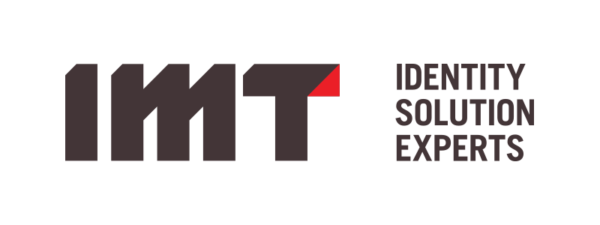We hear more and more organizations moving towards a “single EHR” strategy. The logic makes sense. After all, sticking to a single vendor’s tools should help centralize your data so you can create a trusted single view of your patients’ healthcare history.
But, in practice, it’s not that simple. Rather, even great EHRs have their limitations, especially when it comes to incorporating patient data from other systems.
The limits of enterprise EHRs
Enterprise EMR systems do have basic patient matching, but only succeed when at least five demographic attributes match exactly between the new source records and what exists in the enterprise EHR. This creates a challenge when new source data records lack these key demographic data fields.
Overcoming this takes spreadsheets, manual data augmentation, deduplication and reconciliation, all before the data can even be loaded. This slows down the process and affects the accuracy of integrating that new patient data into the enterprise EHR. It can also increase the risks of privacy reaches and potentially dangerous errors.
The COVID-19 pandemic has exposed and magnified these challenges. Organizations have been tasked with creating and integrating new sources, launching new services, and working on fast-evolving population health needs. Seeking to resume routine appointments, many systems launched telehealth services outside their enterprise EHRs. But those telehealth visit records weren’t always quickly and correctly appended to the patient’s longitudinal EHR record. And that created potentially harmful gaps in continuity of care.
And these new demands exposed the limitations of enterprise EHRs while creating a host of problems.
At one mobile COVID testing site in Chicago, a mother and daughter who shared the same name were tested on the same day. Four days later, the hospital informed the daughter she tested positive — and called back the next day to say that, actually it was her mother who was positive. Stories of patient identification issues like this one occur daily, despite the successful adoption of enterprise EHR platforms nationwide.
Even hospitals with single EHR strategies realized that the EHR alone could not accurately identify patients across sources, especially when new sources were being added so quickly. Rather, they needed an enterprise master patient index, or EMPI, to accurately match patients as COVID spread.
How an EMPI helps healthcare respond to COVID demands
Healthcare organizations using EMPIs are able to overcome many of the challenges posed by a single EHR strategy. An EMPI can accurately match patient records from new sources (such as lab results) with patients’ existing records as soon as they are delivered, helping providers deliver better care while protecting patient privacy.
As COVID descended, organizations used their EMPIs to add sources and begin using that data right away, working with existing processes. That meant that staff could:
- Maintain current data quality by preventing overlay of current data with out-of-date information
- Quickly and efficiently match data as it arrives
- Review and manage matching expectations before EHR load with an easy-to-use portal instead of spreadsheets
- Fine-tune matching accuracy as incoming data quality was better understood
- Prevent creating duplicates for records with limited demographic data
As COVID testing and treatment creates more data from new sources, hospitals using an EMPI can handle this influx much better than if they are saddled with an enterprise EHR prone to duplicates and data quality issues.
In our next blog post in this series, we’ll explore four COVID-specific use cases that illustrate how an EMPI can overcome the limitations of a single EHR strategy.
Until then, be sure to review our case study – EMPI for Enterprise EHR to read about how a large East Coast academic institution leverages their EMPI to maintain superior data quality, integrate with external data and enhance patient engagement.





